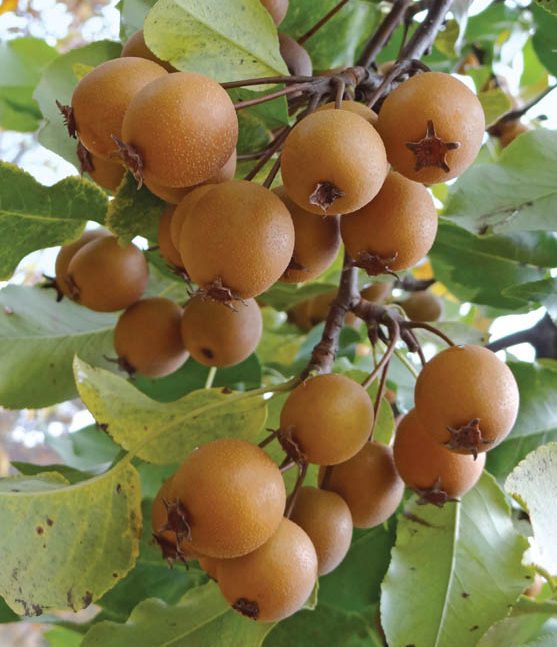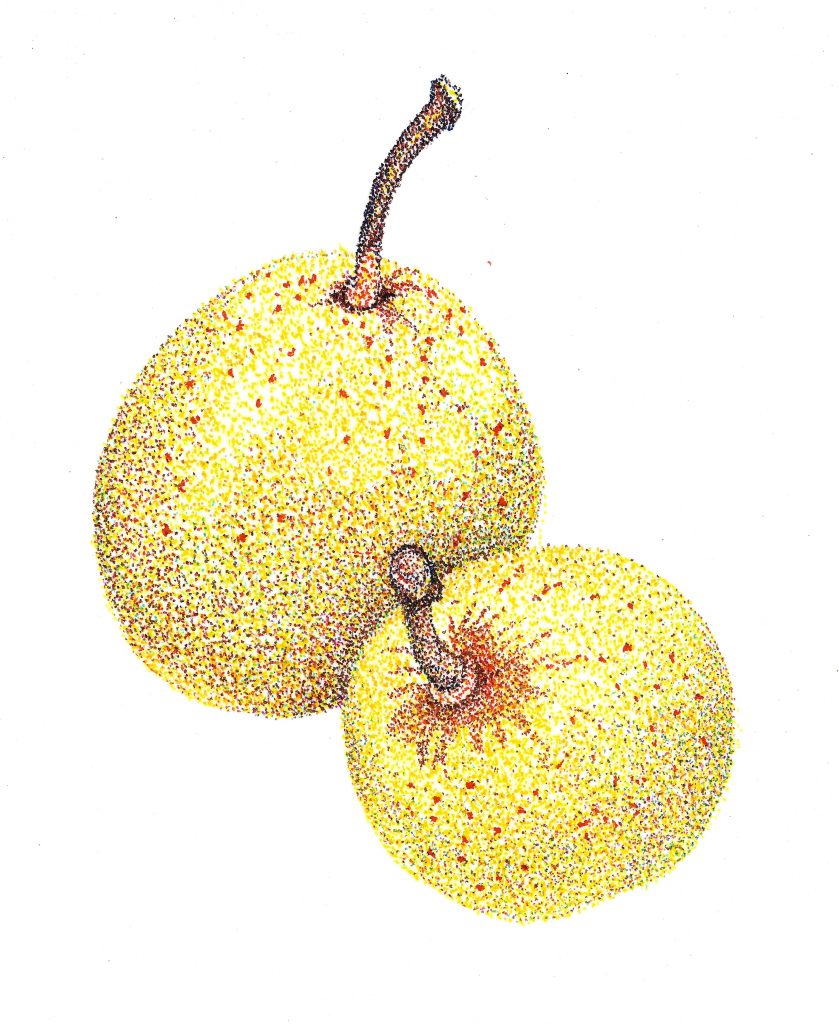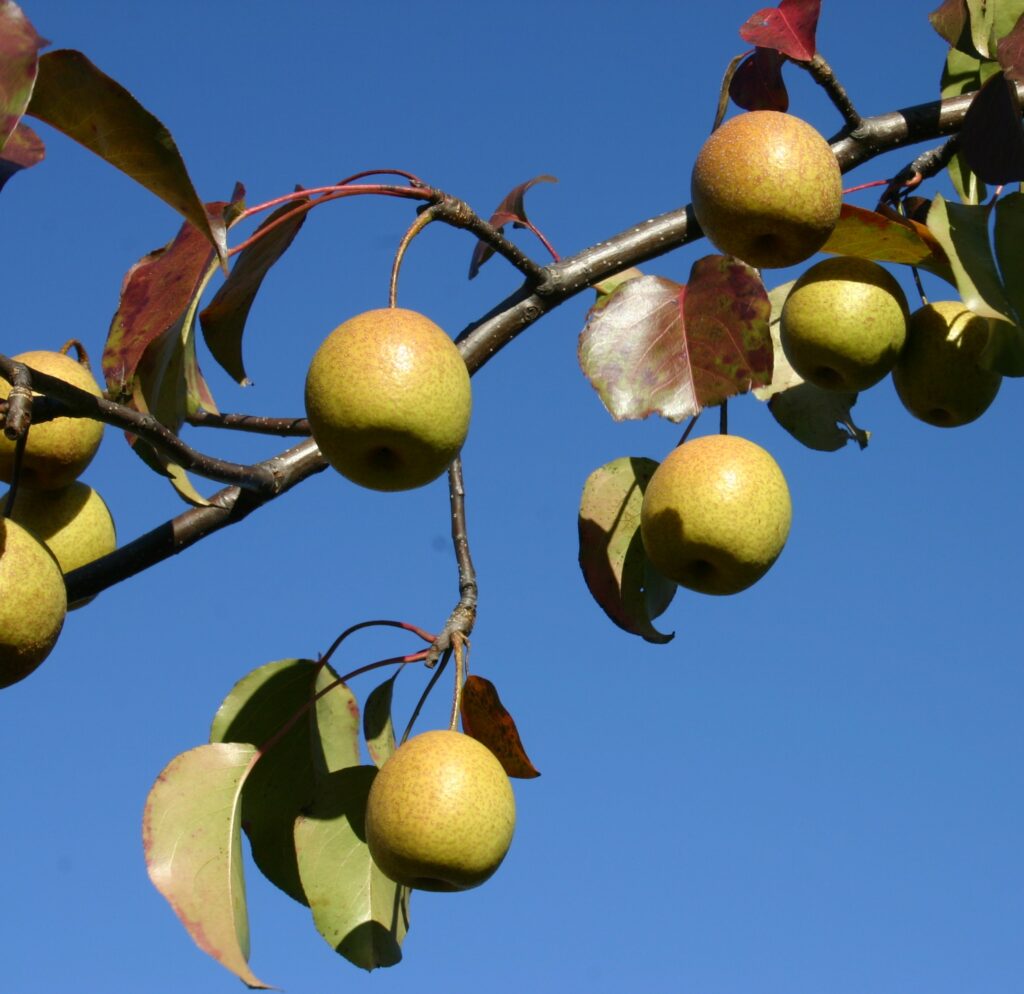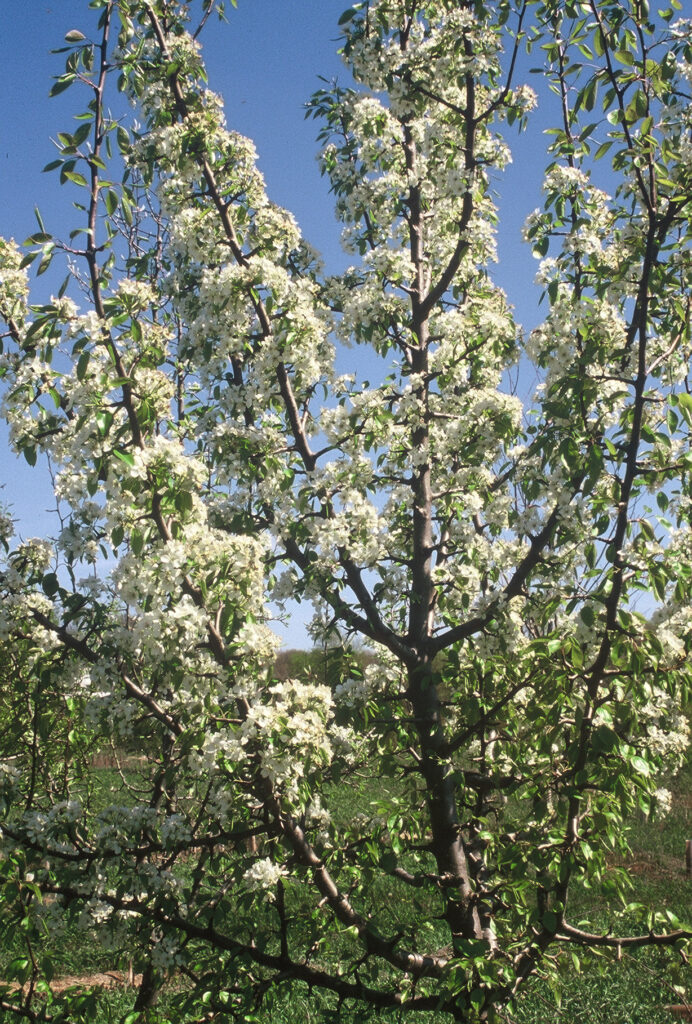Experience-Seeds-Knowledge-Plant Discoveries-Ecological Enrichment-Join Now Click Here!


The Callery Solution
What is it that you want in life?
Every morning I follow a certain routine. I start by feeding the birds. I go to my garage, get out the mixed sunflower seeds, grab a few ears of corn and put the mixture in three different bird feeders stationed around the house. I throw the corn cobs down the hill to attract attention of the deer and crows and then around a feeder in the backyard. Back in the house, I wait for the deer as I consume my coffee and feed my pug a chewy treat that also cleans her teeth. I listen to the Today show and wait for Al Roker to say something funny. This simple routine is pretty much effortless for me. Like a dance there is a certain structure and function to it as I go from one point to another. I find it comforting to know I am feeding the birds. It brings fulfillment and satisfaction to me and the birds. The effects are definable and measured in terms of number and diversity of birds I see every day at the feeders. I may not know all the birds by name, but I know it works. The birds and squirrels come every day and consume the seeds with great relish. The deer arrive a little later and begin positioning themselves each around a single corn cob. I believe they too are dancing with their legs spread out holding their ground as they nibble the corn off the cobs. For the most part at that moment in time, that is what I want in life from my bird feeding scenario. I couldn’t ask for anything else.
What is it that birds want?
I do not have to question the efficacy of feeding the birds. Most people don’t doubt this and neither does nature. It’s a direct connection to an animals life. The plants that fruit in great abundance on a landscape wide level is the result of this feeding too. As time moves on, nature creates a beautiful feed-back loop making even more healthy animals possible. It just happens. Many plants that your awareness is drawn to and see in large numbers in certain areas is the result of feeding the birds. Millions of birds require millions of tons of fruit. This is the case for autumn olive, multi-flora rose, bittersweet and callery pear. It does not matter if you like it or not. You’re too late. The animals that consume both the seeds and fruit benefit immensely from its presence. This is what the birds not only desire or want but need. It’s not a mistake. It’s a solution that brings fulfillment to birds and their life. They do not ask for much really.
Unfortunately, the science of ecology is so out of touch and hyper focused on its money making machine of invasion biology this has led to its attention and promotion to humans as an out of place plant. It’s not. It’s a plant in place and even more important than it ever was. The birds as well as the mammals consume it in vast quantities making it a part of their diet. It is the callery solution. Lets recap. First you have a fruit that remains late in the tree for migrating birds. Then you encase it with a thick skin so it holds in solid form in the tree. Then you add to this sugar laden fruit high density nutrients and finally dropping in protein and oil rich seeds in the middle. Even if the birds do not digest the seeds, other small mammals including mice will. For the record turkeys eat the seeds. Ecological integration becomes enrichment ecology which makes this feed back loop possible. Everything benefits. And you thought it was just an ornamental pear tree.

Many years ago (late 70’s) , while visiting Cliff Walters, a nursery person who specialized in fruits for birds, I made the mistake of parking under his mature Bradford pears. I had just washed my rusty yellow F-150 pick up truck and left to talk to him and tour the nursery again. When I came back, my truck was coated with pear sauce. Jackpot. Cliff thought it was hilarious and exclaimed with great amusement and satisfaction, “See that! It works.” I wasn’t as happy for the results as he was. I went to the trouble to apply wax too. As if Cliff had discovered cold fusion, he noticed his pear trees were filled with cedar waxwings by the dozens all spaced evenly around the tree consuming the tiny pear fruits. Finally, I relented and thought yeah, that was cool. At that time, this species was not in use to any degree in the nursery trade and there were no named varieties addressing the narrow crotch angles or susceptibility to fireblight. Today these varieties grace our towns and cities from north to south and back again. There are dozens of varieties of them all produced by clonal propagation. It is rare to find the seedling forms in the nursery trade anymore except for possibly rootstock. It was very fortunate and beneficial we actually used this species from its early introduction to today’s use as a street tree. Probably the most famous one is the World Trade Center pear which survives to this day. When I visited there a few years ago, there is a certain reverence surrounding this tree. I also noticed all the fruit was trimmed off for some reason.
Crabapples have a similar effect in that the small fruits supply nutrients to birds once they begin to break down in the fall. If it wasn’t for all the foliar diseases of the older varieties and their general lack of vigor, it is likely we would have used more apples in the landscape today too. Pears have a vigor and good health despite living in the most polluted of air and soils able to grow in the cracks of parking lots as well as herbicide treated areas along the road and under power lines.

The idea of unchecked vegetative anarchy is widely circulated as fact using fear as a motivator for herbicidal management programs. The land conservancies sell this big time even telling their members that herbicide is natural chemotherapy as the landscape has cancer. It is very interesting to me as to why there is little natural dispersal at my farm or surrounding landscapes when I clearly have large populations of apple and pear species. You would think there would be more. By the way, I don’t harvest all of the fruit every year. There is certainly plenty of opportunity. I see the walnuts and persimmons moving out in a few areas. The exception seems to tell a story. Near one of my greenhouses is a row of hybrid pears which are similar to the callery pear in many ways including smaller fruit. The fruit in these particular trees are heavily consumed by gray and red squirrels. They tend to shuck the fruit like nuts and eat the seeds as soon as the seeds form and start to mature in July. At this point the fruit is not ripe but the seeds have solidified and past milk stage. This continues until acorn season. Some fruit is left once in a while and these will blet while hanging in the tree into November. One of the trees which hangs over the greenhouse is often untouched and drops the fruit on the greenhouse plastic which then rolls down to the ground at the base of the house. There the soil is bare with little leaf litter. The deer will eat them for a while when they drop and step on some of the fruit and push it into the ground too. As a result a mini pear forest has sprung up. Fifteen feet away is a hillside with grass I planted. It is a dense stand of grass despite being in shade. There are no pear seedlings there as well as under the mature hybrid walnuts nearby. If you follow these seedlings over a period of time like I have you will eventually witness the pear forest beginning to thin and other plants seeding in including American basswood and hackberry. These trees are from outside my farm and quite a distance away. More than 99 percent of the pear seedlings die off. This takes roughly 10-20 years. The most vigorous trees survive and they bring in the new generation of healthy trees with the greatest growth rates. Now we are down to four or five trees where there use to be a few thousand. It is the lack of consumption by the squirrels and eventual use by birds and the planting techniques of the perfectly designed deer hoofs that has led to this forest. The bare soil adds to this scenario of regeneration by making it possible for the seeds to germinate in great profusion assuming the turkeys don’t find them. If the turkeys find them they will pluck the seeds out of the cavities once the fruit is on the ground. Unlike other birds, they digest the seeds. There appears to be consumption by woodpeckers too. I see this elsewhere where I drive. The railroad track area, the field that was used as a parking lot, the abandoned corn field and under the tall towers of electrical wires all share a similar characteristic of herbicide damage and soil structure damage in some way to help create the perfect pear seed bed. It does help if there is a seed bank nearby too in front of a hotel or a park with a row of trees. You need quantity to make it happen. One year while driving to Washington, D.C. you could see many herbicidal attempts along the highway to remove all vegetation. This only led to more callery pear and grape vines. They seem to share the same conditions to grow and fruit from all seeds dropped by birds. There were few places where squirrels could nest in these areas. Squirrels do nest in a few of my pear trees but the height and density of the foliage plays a role in using pear as a nesting tree.

One year I was planning to harvest a large crop of small pears called Lecont. These are generally small pears roughly an inch in size. It is the modern day equivalent of winter or storage pears and come from a hybrid group of Asian pear crosses. My selection of Lecont was grown from seed collected near a park where likely it had hybridized with a neighborhood callery pear. I remember waiting for the pears to ripen fully and then leaving for the weekend. When I returned on Monday I found all the pears had been eaten. The ground was pear sauce and a few skins. We are talking about 400 pounds of pears all gone. This is the result of cedar waxwings. It took a while for me to connect the dots. I would hear their song but never saw them much as they came through the area. I began to change my harvest patterns in order to process seeds. Each time I did leave some fruit in the trees or left some trees completely unharvested in order to feed the birds and mammals. I am a fan of the cedar waxwing now and yeah they are pretty cool despite nailing my truck once to teach me a lesson.
Whatever level of interest is created by the public for flowering and fruiting trees, it will take time to cycle through the demand placed on nurseries that produce these plants. Usually they are not in a position of strength to roll out constantly improved varieties and species and then hope someone will purchase them. It is very expensive and time consuming to do that on a large scale. In the meantime, I would say the number one priority should be to feed the birds with the trees we are planting. Never consider sterile or fruitless trees and shrubs. Whatever types of plants we choose as a society, I am happy with it if it feeds the birds too. A fruitful landscape is a must. It is always a good idea while its being applied on a broad scale employed and integrated by nature.
What is it that nature wants?
We all want the same.
It is the callery solution.
Enjoy. Kenneth Asmus
